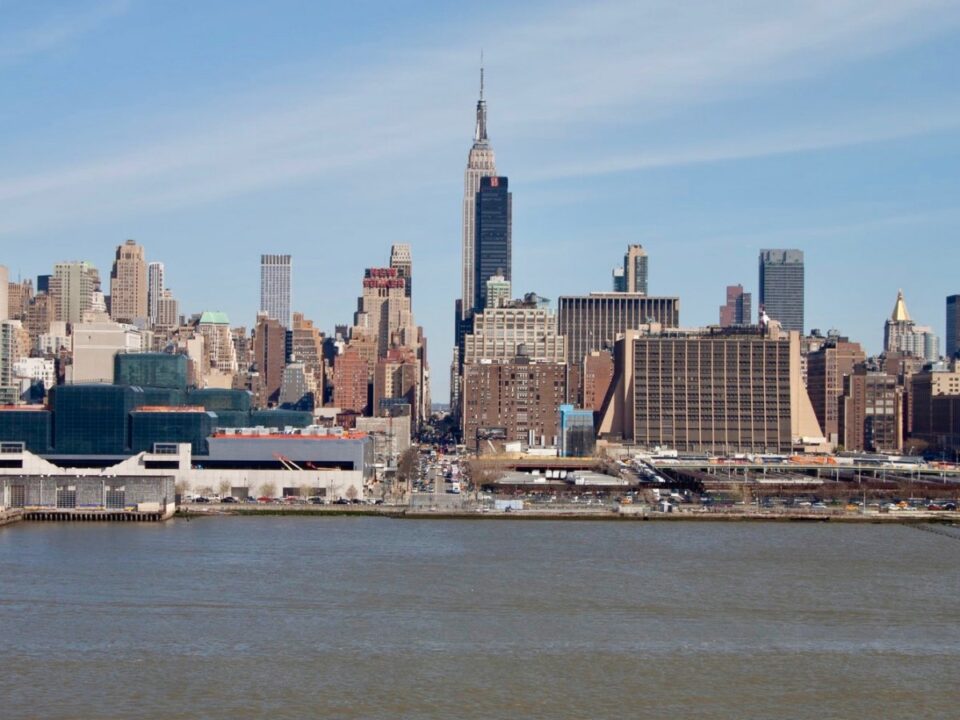
How Vendor Managed Inventory (VMI) Strengthens Supply Chain Resilience and Collaboration
To optimize inventory management, retailers and suppliers are increasingly turning to Vendor Managed Inventory (VMI) tools that transfer the responsibility…
Generix Ushers in a New Era of Intelligent Commerce for Retailers with AI-Driven Innovation Read the press release

NRF 2020 spoke highly of robotics, particularly mobile robotics. With robots already omnipresent in warehouses, such machines help reduce processing times by facilitating order preparation and accelerating logistics chain automation. Several robot models are able to move about in storage structures, reaching high places to bring a desired product to a preparer. This enables handling of mass or densified stock while also limiting storage surface. That is a major advantage when attempting to face with consumers in locations where real estate prices are high.
Another notable advancement in the field of robotics is image processing technologies, which now allow robots to browse and analyze storage locations in a linear fashion. This helps detect empty storage bins and erroneously listed prices. The limits of robotization, however, are also quite apparent: although robots can receive stockout information, they cannot use it to resolve the issue. Because of this, human–robot cooperation in a sales location is still indispensable for the moment. Human resources must remain available to resupply lines so long as robots are unable to perform aisle restocking and other operations today performed by humans.
Artificial intelligence is increasingly used to make order placement easier, for instance through voice search and visual recognition. Image recognition technologies are now able to analyze faces and behaviors in order to distinguish between consumer profiles (age, sex, etc.), and they can identify data essential for sales location competitiveness and performance. Facial recognition and movements, for instance, help analyze customer behavior at sales locations. There are two consequences for these data-rich technologies on the retail end:
Although the blockchain was not the centerpiece of the trade show this year, traceability was a part of the discussion. The issue: retracing a product’s journey from production to availability for sale. This is done using a chip inserted in the packaging and paired with a platform or dedicated application. When a product present in-store has a digital profile, merely scan its QR code to display its entire trace. This is a major step for data capture technologies and ushers in a new era of big data.
NRF 2020 emphasized the importance of omnichannel progression. As of today, orders are placed in any number of ways: vocally, by telephone, or even using facial recognition. In parallel, sales locations are being transformed to store fewer products while also strengthening customer experience, a flagship topic this year.
Today, when a product cannot be tried out in-store before purchase, returns and reimbursements require often fastidious, time-consuming, and inconclusive procedures. One identified solution is to develop out-of store return locations, for example in click-and-collect zones, whatever the original order channel might be.
A similar principle called “In-and-out”, has been met with great success in the United States. It is a postal service that allows customers to drop off a package to be returned directly to their mailbox. But the system has clear limitations: despite creating a veritable service value, this channel does not benefit the brand since it is not encouraging customers to go to a store location.
Original purchasing experiences have been present for several years now and proved their importance at NRF 2020. Proof comes in the form of Scan & Go, which involves scanning a QR code on a product label using a smartphone. Consumers are then directed to the brand’s web app where they can pay for their order without needing to use a payment terminal.
QR codes and NFC are slowly becoming the interaction of choice between brands and consumers, who can benefit from information about a desired product directly on their smartphone. In the future, it is possible that these technologies will redirect consumers to a web app that will communicate brand news and promotions, the end goal being to allow sales staff to dedicate themselves entirely to sales.

To optimize inventory management, retailers and suppliers are increasingly turning to Vendor Managed Inventory (VMI) tools that transfer the responsibility…

In an ever-evolving logistics environment, agile and precise warehouse resource management is essential to remain competitive. With increasing volumes driven…

France’s electronic invoicing reform relies on a Y-architecture, where Partner Dematerialization Providers (PDPs) play a central role in issuing and…

Work with our team to build your ideal supply chain software stack and tailor it to your unique business needs.